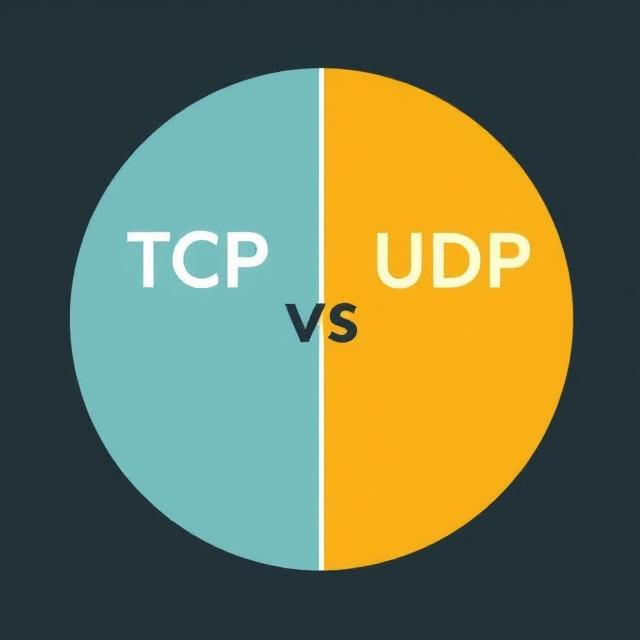TCP vs. UDP - Wifitics
2025-02-12 10:40:28
Transmission Control Protocol is referred to as TCP. Since TCP is a connection-oriented protocol, data cannot be sent between two places until a connection has been formed. Furthermore, TCP has built-in mechanisms that check for faults and ensure that data is delivered in the same order as it was sent.
However, sending and receiving data files, pictures, and web pages costs bandwidth, which is consumed via TCP.
The User Datagram Protocol, or UDP for short, is a simpler, connectionless Internet protocol that does not require error-checking or recovery services. When it comes to starting, sustaining, and ending a connection, UDP has no overhead. Regardless of whether the destination receives the data or not, UDP keeps sending it to them.
UDP works well for real-time communications like broadcast or multitasked network broadcasts, but it's not the ideal option for sending emails, seeing webpages, or downloading files.
As we respond to the query, "What are TCP and UDP?" let's examine the distinctions between the two protocols in more detail. We'll compare the speed, bandwidth consumption, error checking, and security of the two protocols.
How TCP works
Three-way Handshake: A three-way handshake is performed before a TCP connection is established.
-
To establish a connection, the client sends the server a SYN (synchronize) packet.
-
A SYN-ACK (synchronize-acknowledgment) packet is sent back by the server.
-
An acknowledgment packet, or ACK, is sent back to the server by the client. The link has been made.
Data Transmission: TCP segments can be used to send data once the connection has been made. Before delivering more data, the sender waits for the recipient to acknowledge each segment, which is numbered.
Connection Termination: TCP uses a four-step procedure to terminate the connection after the communication is finished:
-
A FIN (finish) packet is sent from one end.
-
An ACK is used by the opposing side to acknowledge it.
-
The first side then replies with an ACK after the second side sends a FIN.
How UDP Works
-
Data Transmission: When using UDP, an application encapsulates the data into datagrams and transmits them straight to the port number and IP address of the destination.
-
No Acknowledgment: UDP doesn't wait for the recipient to acknowledge it. Although there is no latency as a result, there is also no way to verify data transmission.
-
No Connection Management: Creating, preserving, or breaking connections is not necessary. Because UDP is stateless, the protocol is made simpler, but the application layer is given more responsibility.
Conclusion
The requirements of the application eventually determine which option in the TCP vs. UDP debate is best. Whereas UDP thrives in settings where speed and low latency are crucial, TCP shines in applications where dependability and data integrity are crucial. Designing and executing efficient networking solutions will require an understanding of these two core protocols as network demands continue to change.

